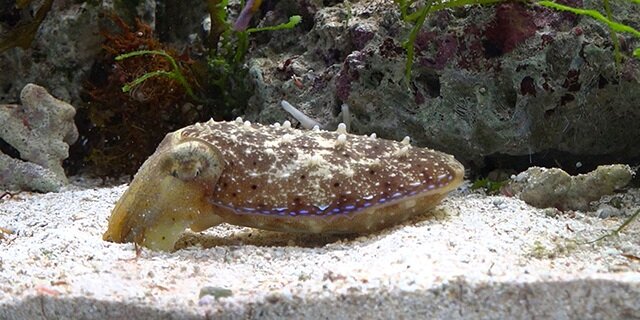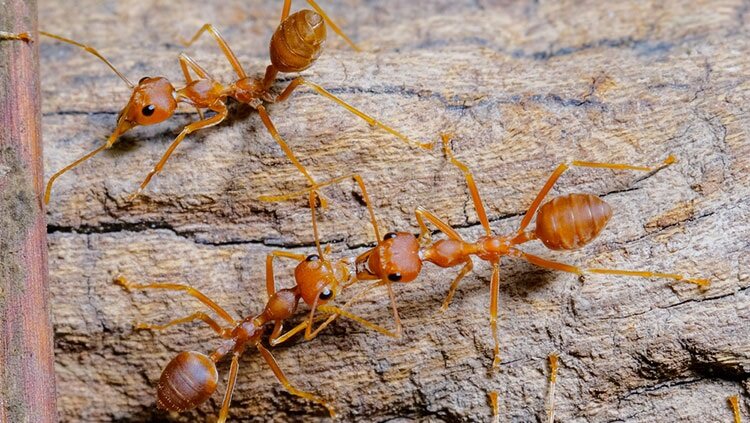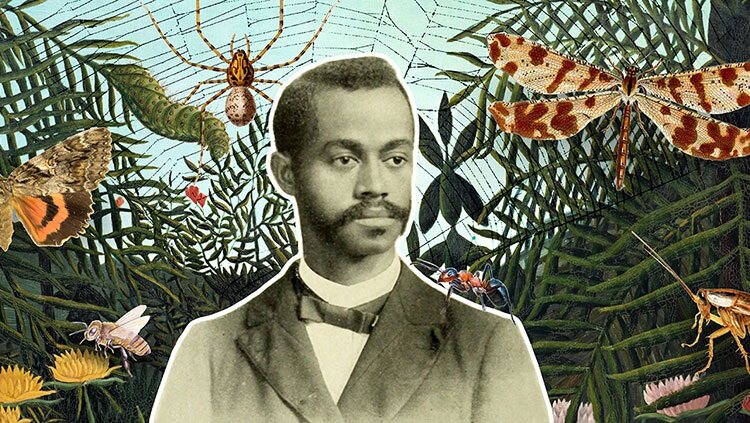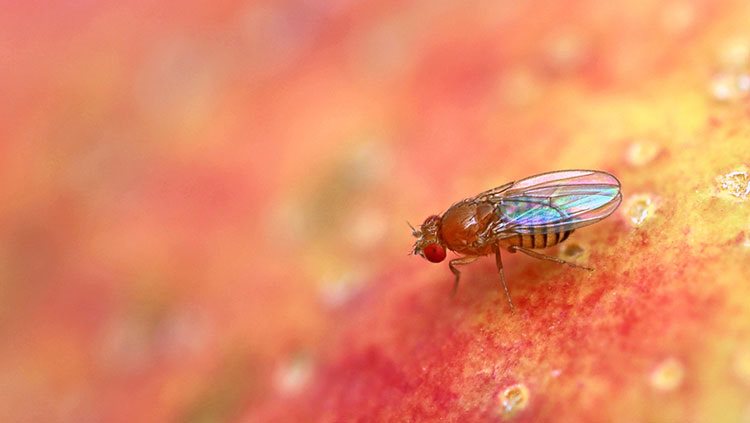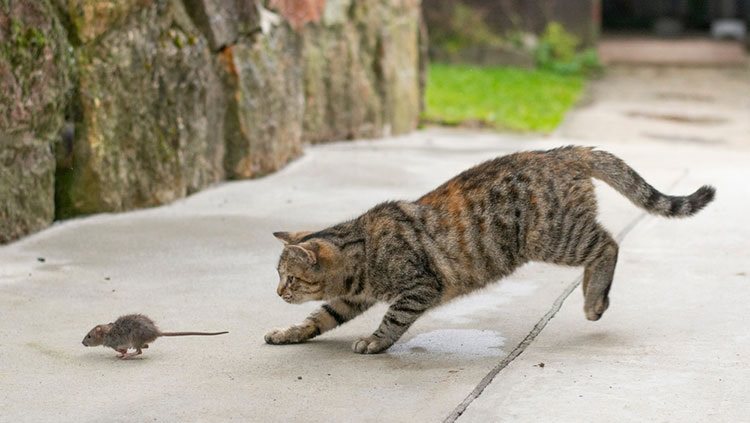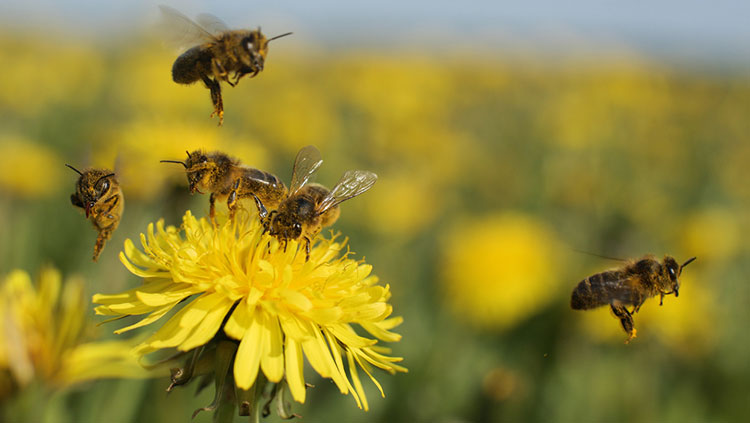No-Brainer, Part 1: The Quick Guide on Marine Animals Who Get by Without Brains
- Published21 Nov 2018
- Reviewed21 Nov 2018
- Author Levi Gadye
- Source BrainFacts/SfN
Most animals rely on their brains to sense threats, find food, and successfully mate. These brains contain anywhere from thousands to billions of neurons, organized into circuits that are responsible for specific functions. Even the fruit fly organizes its 100,000 neurons into a remarkably complex brain, allowing it to home in on your dinner and dodge a swatting newspaper or hand without skipping a beat.
But for millions of years, some of the earliest animals got by with far simpler arrangements of neurons. As single-celled organisms banded together into the first examples of multicellular life, deep in ancient oceans, some cells took on particular responsibilities, like sensing nearby nutrients or orienting toward light. Over time, these rudimentary neurons themselves banded together to form sparse networks, like nerve nets and nerve rings, that coordinated sensation, interpretation, and reaction for individual organisms.
Today, many of these brainless animals live on in much the same form as they were at the dawn of animal life on earth. Despite lacking brains, they have endured hundreds of millions of years of change in the environment, from heating and cooling in the seas to five mass extinctions. Their nervous systems have proven to be remarkably adaptable despite their simplicity, enabling behaviors, like hunting, that we normally associate with far more complex brains.
Explore these examples of the direct descendants of some of these early animals providing a unique window into a time when being brainless was, well, a no-brainer.

CONTENT PROVIDED BY
BrainFacts/SfN
References
Burke, R., Angerer, L., Elphick, M., Humphrey, G., Yaguchi, S., Kiyama, T., . . . Thorndyke, M. (2006). A genomic view of the sea urchin nervous system. Developmental Biology, 300(1), 434-460. doi:10.1016/j.ydbio.2006.08.007
Feuda, R., Dohrmann, M., Pett, W., Philippe, H., Rota-Stabelli, O., Lartillot, N., . . . Pisani, D. (2017). Improved Modeling of Compositional Heterogeneity Supports Sponges as Sister to All Other Animals. Current Biology, 27(24). doi:10.1016/j.cub.2017.11.008
Ikuta, T. and Saiga, H. (2005), Organization of Hox genes in ascidians: Present, past, and future. Dev. Dyn., 233: 382-389. doi:10.1002/dvdy.20374
Nakano, H., Nakajima, Y., & Amemiya, S. (2009). Nervous system development of two crinoid species, the sea lily Metacrinus rotundus and the feather star Oxycomanthus japonicus. Development Genes and Evolution, 219(11-12), 565-576. doi:10.1007/s00427-010-0317-5
Sakarya, O., Armstrong, K. A., Adamska, M., Adamski, M., Wang, I., Tidor, B., . . . Kosik, K. S. (2007). A Post-Synaptic Scaffold at the Origin of the Animal Kingdom. PLoS ONE, 2(6). doi:10.1371/journal.pone.0000506
Whittle, R. J., Hunter, A. W., Cantrill, D. J., & Mcnamara, K. J. (2018). Globally discordant Isocrinida (Crinoidea) migration confirms asynchronous Marine Mesozoic Revolution. Communications Biology, 1(1). doi:10.1038/s42003-018-0048-0
Yerramilli, D., & Johnsen, S. (2009). Spatial vision in the purple sea urchin Strongylocentrotus purpuratus (Echinoidea). Journal of Experimental Biology, 213(2), 249–255. doi:10.1242/jeb.033159
Also In Animals in Research
Trending
Popular articles on BrainFacts.org



